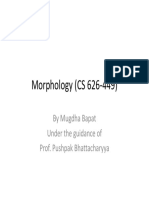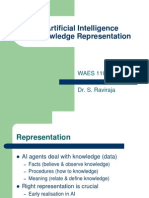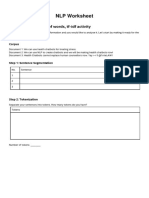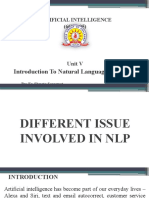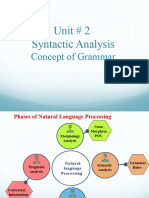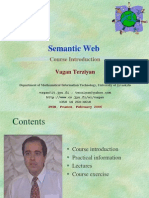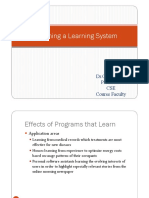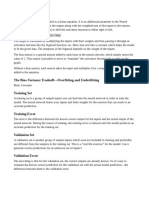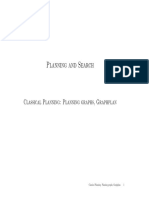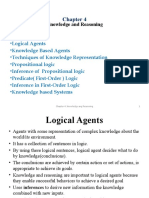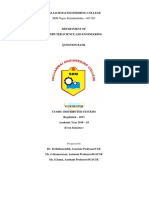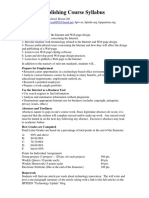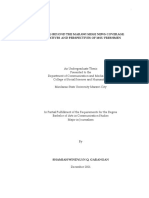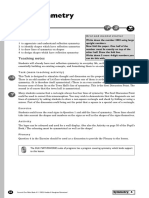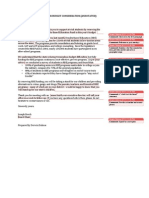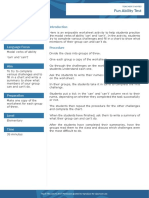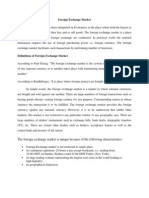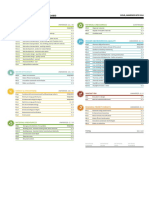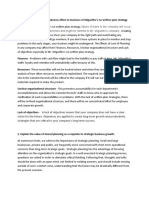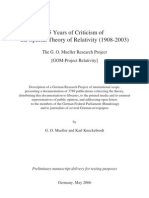0% found this document useful (0 votes)
232 views22 pagesLecture 1
This document provides an overview of a software engineering economics course. It introduces the instructor, course goals, and topics to be covered such as software costs, economic perspectives on software design, and the state of software economics. Key models for estimating software costs are discussed, including the waterfall model and COCOMO model. The importance of understanding the relationship between software design decisions and value creation is emphasized. Shortcomings in current approaches are identified and a roadmap for advancing the field of software economics is outlined.
Uploaded by
Lyba SiddiquiCopyright
© © All Rights Reserved
We take content rights seriously. If you suspect this is your content, claim it here.
Available Formats
Download as PDF, TXT or read online on Scribd
0% found this document useful (0 votes)
232 views22 pagesLecture 1
This document provides an overview of a software engineering economics course. It introduces the instructor, course goals, and topics to be covered such as software costs, economic perspectives on software design, and the state of software economics. Key models for estimating software costs are discussed, including the waterfall model and COCOMO model. The importance of understanding the relationship between software design decisions and value creation is emphasized. Shortcomings in current approaches are identified and a roadmap for advancing the field of software economics is outlined.
Uploaded by
Lyba SiddiquiCopyright
© © All Rights Reserved
We take content rights seriously. If you suspect this is your content, claim it here.
Available Formats
Download as PDF, TXT or read online on Scribd
/ 22


